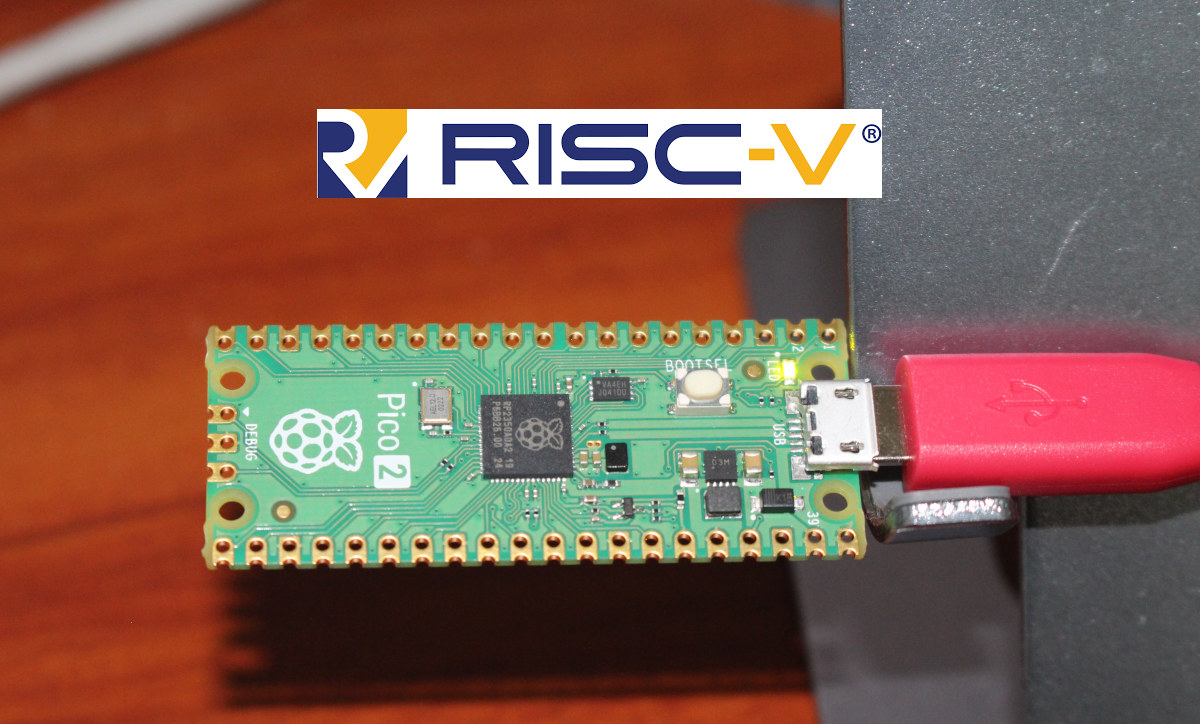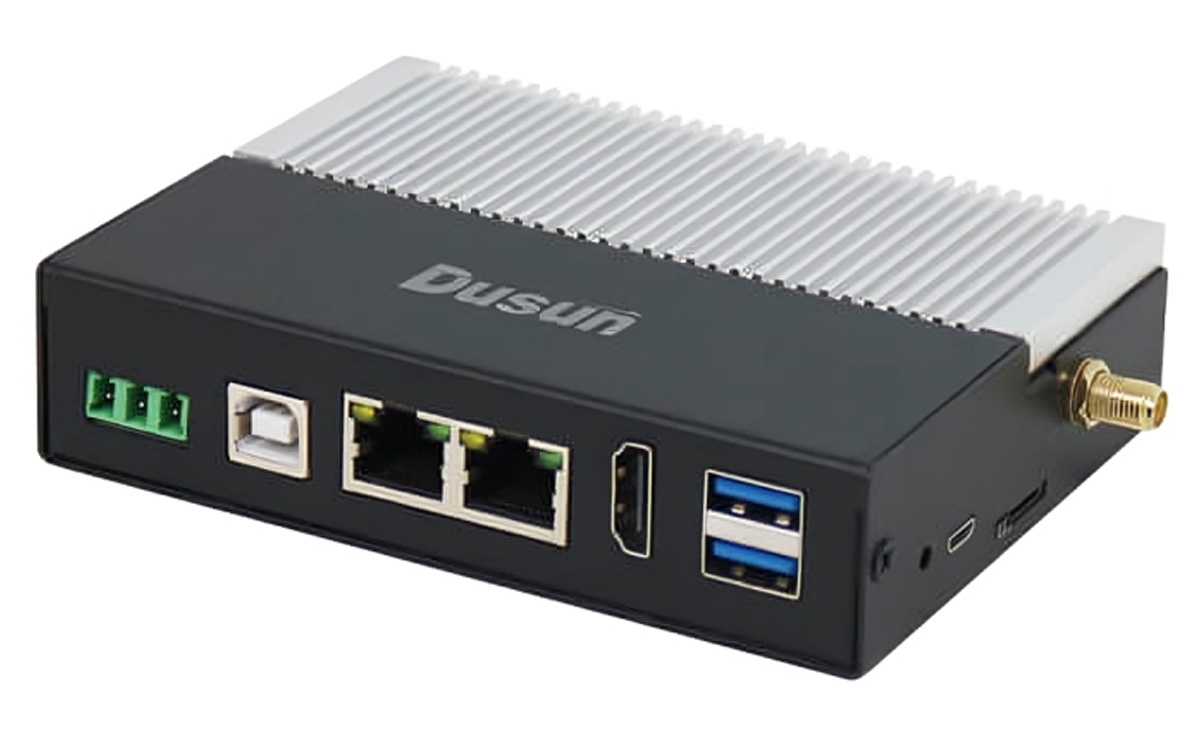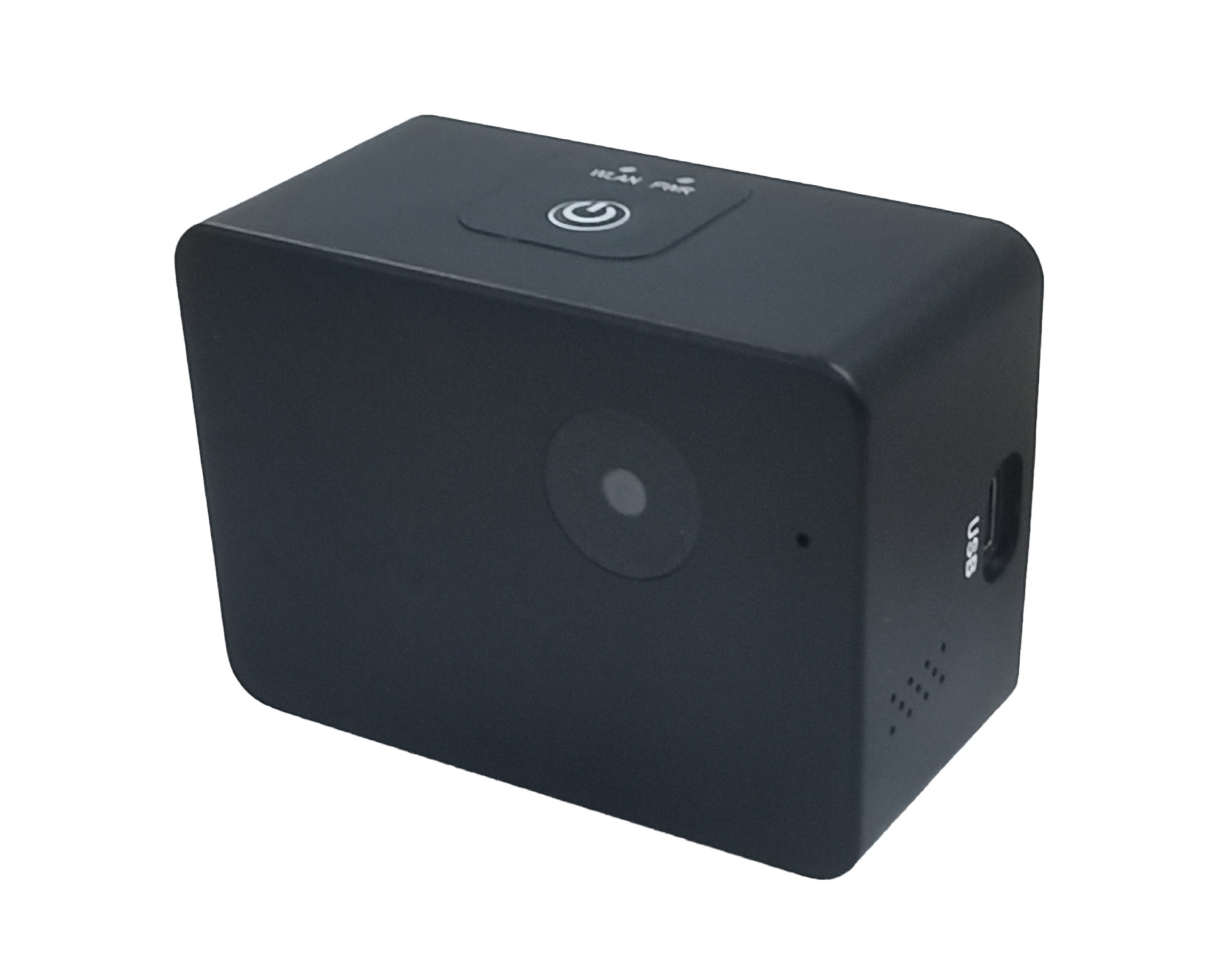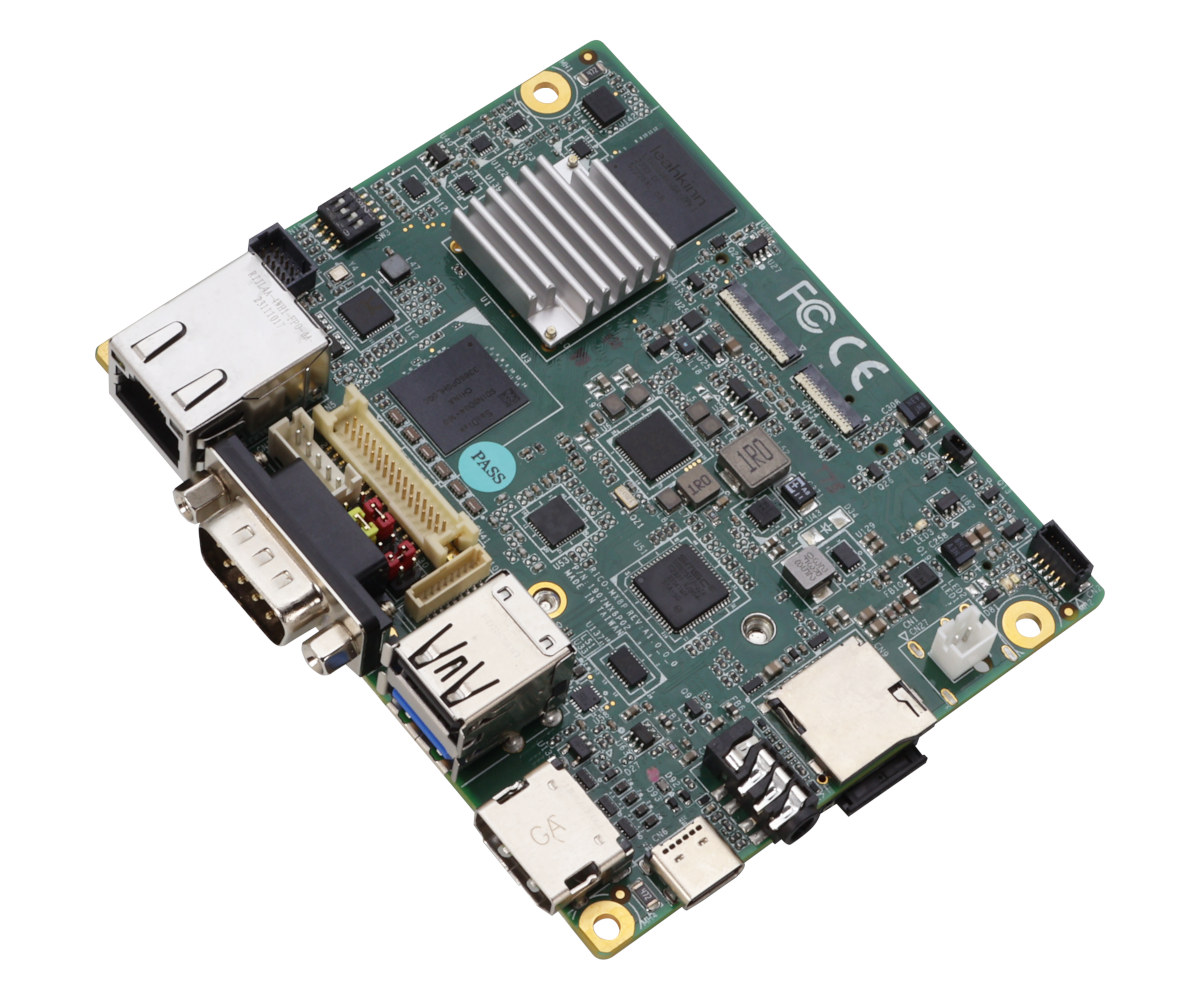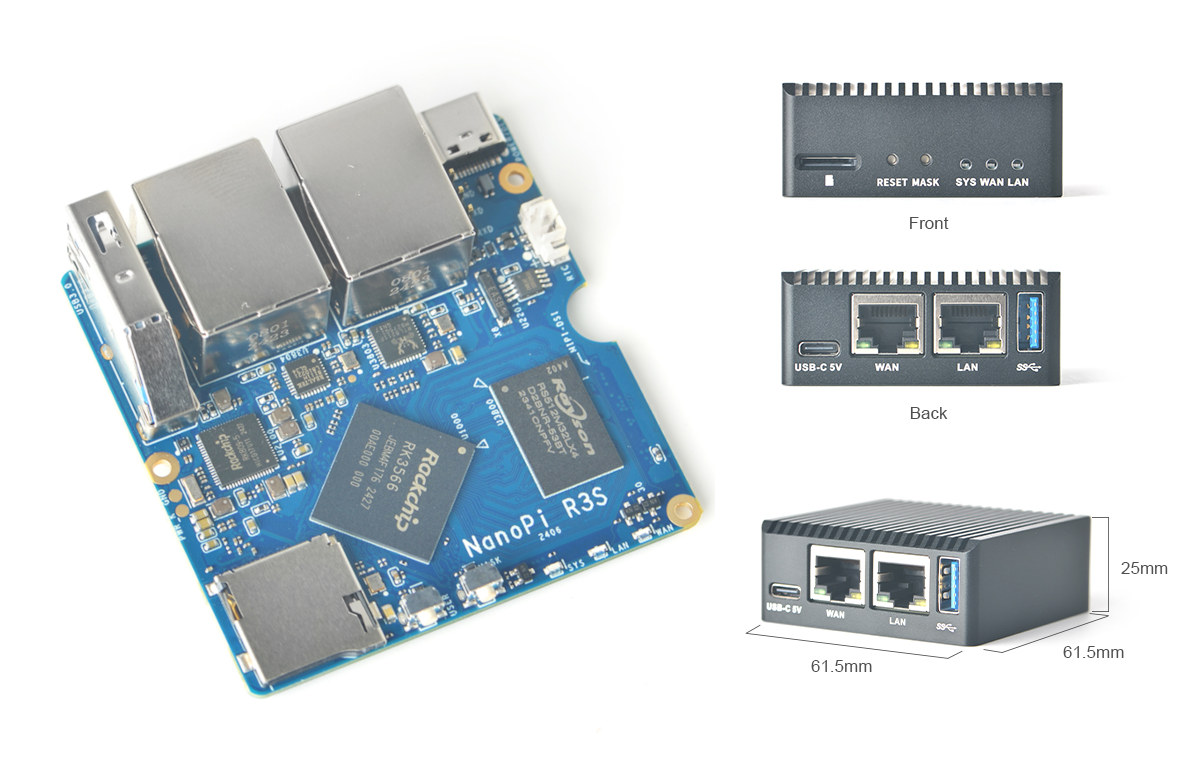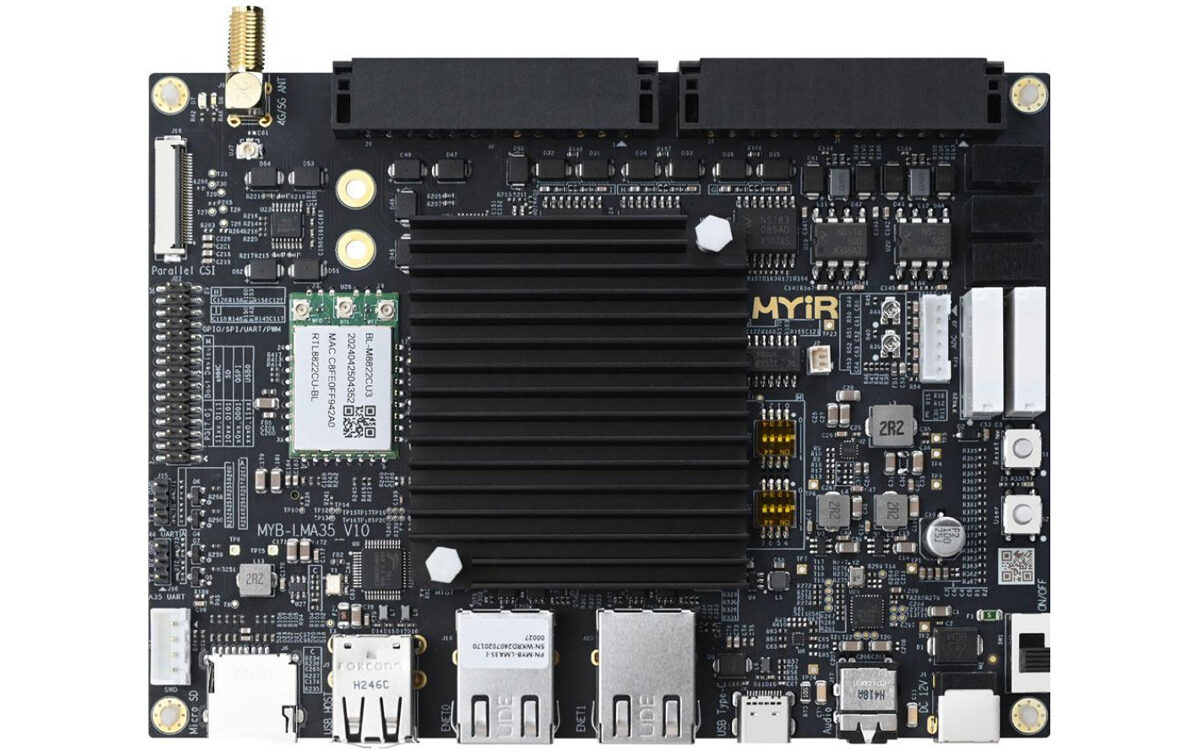Raspberry Pi Pico 2 was released last month with a Raspberry Pi RP2350 microcontroller equipped with two Arm Cortex-M33 cores and two 32-bit RISC-V “Hazard3” cores with up to two cores usable at any time. So in this guide, we’ll show how to use the RISC-V cores on the RP2350 MCU, compare their performance against the Arm Cortex-M33 cores, and even build Linux for RISC-V for RP2350 boards that have PSRAM. Apart from the extra memory and more powerful cores, plus new features related to security and the HSTX interface, the Raspberry Pi Pico 2 and Pico will be very similar to the end user and the instructions in our article “Getting Started with Raspberry Pi Pico using MicroPython and C” remain valid. I don’t think there’s a MicroPython RISC-V image yet, so we’ll focus on running C programs on the RISC-V cores. A quick check with the Arm cores […]
Dusun DSGK-061 – A RK3568-powered VNC Edge AI box for industrial automation and remote management
Dusun has recently launched the DSGK-061 Smart VNC Edge Computing AI Box or DSGK-061 Edge AI Box for short. This new Edge AI gateway is powered by a Rockchip RK3568 quad-core processor with a 1 TOPS NPU for edge computing. It has a built-in VNC (Virtual Network Computing) application for remote management and supports various interfaces and communication protocols such as HDMI, USB 3.0, TTL serial, LAN/WAN, and WiFi, making it suitable for applications like industrial automation, smart manufacturing, and more. Previously we have written about similar Edge AI boxes like the Mixtile Edge AI box or Techbase iModGATE-AI, and some very powerful AI boxes with more than 30 TOPS NPU power like the Radxa Fogwise Airbox, the Firefly AIBOX-1684X, the Sipeed MaixBox M4N and more. Feel free to check those out if you are interested in similar products. Dusun DSGK-061 specifications: SoC – Rockchip RK3568 CPU – Quad-core Cortex A55 processor […]
Vantron HCAM26 WiFi HaLow IP camera offers up to 1km range
Vantron HCAM26 is an IP camera based on the company’s VT-MOB-AH-L sub-GHz 802.11ah WiFi HaLow module itself equipped with Morse Micro MM6108 RISC-V SoC and offering up to 1km range and better wall penetration than WiFi security cameras operating at 2.4 GHz or 5GHz frequencies. The Linux camera comes with 1GB RAM and 8GB eMMC flash, features a 5MP (2592 x 1944) camera sensor, supports AI features through a 2.0 TOPS NPU integrated into the main SoC, and is also fitted with a speaker and microphone for two-way audio, and a micro HDMI port to monitor the camera output. A 2,600mAh Li-ion battery powers the camera. Vantron HCAM26 specifications: SoC – Unname, but most likely Rockchip RV1126 CPU – Quad-core Arm Cortex-A7 32-bit vision processor with RISC-V core ISP – 14MP ISP VPU H.265/H.264 codecs Frame rate – 3840 x 2160 @30 fps + 1080p @30 fps encoding supported ; […]
AAEON RICO-MX8P fanless Pico-ITX Plus SBC is powered by NXP i.MX 8M Plus AI processor
AAEON has launched another Pico-ITX Plus SBC with the RICO-MX8P single board computer powered by an NXP i.MX 8M Plus SoC with a 2.3 TOPS AI accelerator and equipped with up to 8GB LPDDR4 and a 16GB eMMC flash. The fanless 100x80mm board offers a range of interfaces such as HDMI 2.0 video output, gigabit Ethernet, two USB 3.2 Gen 1 ports (one Type-C OTG, one Type-A), RS-232/422/485 DB9 connector, and a 40-pin FPC connector for optional daughter boards. All these features make the RICO-MX8P SBC suitable for digital signage, retail kiosks, and industrial control systems such as PLCs and telemetry. AAEON RICO-MX8P specifications: SoC – NXP i.MX 8M Plus AI SoC CPU Quad-core Arm Cortex-A53 processor @ up to 1.6 GHz Arm Cortex-M7 real-time core @ 800 MHz GPU – Vivante GC7000UL 3D GPU, Vivante GC520L 2D GPU VPU – 720p60 H.265/H.264 video decoder & encoder Optional AI accelerator […]
NanoPi R3S – A low-cost Rockchip RK3566 SBC and dual gigabit Ethernet router
FriendlyELEC NanoPi R3S is a low-cost Rockchip RK3566 SBC and router with two gigabit Ethernet ports, a USB 3.0 host ports, a USB-C port for power and data, a microSD card slot, Reset and Mask buttons, and a few LEDs. It also features a MIPI DSI connector for people wanting to connect a display. Its design and size are similar to the NanoPi R5C dual 2.5GbE SBC and router, so it could be viewed as a low-cost alternative with dual GbE, no M.2 socket for WiFi & Bluetooth, only one USB 3.0 port, and no HDMI video output. The company promotes it as an inexpensive platform for IoT applications, basic NAS solutions, and so on. NanoPi R3S specifications: SoC – Rockchip RK3566 CPU – Quad-core Cortex-A55 processor @ up to 2.0 GHz GPU – Arm Mali-G52 MP2 GPU NPU – 0.8 TOPS AI accelerator VPU 4Kp60 H.265/H.264/VP9 video decoder 1080p60 […]
reCamera modular AI camera features SG2002 RISC-V AI SoC, supports interchangeable image sensors and baseboards
Seeed Studio’s reCamera AI camera is a modular RISC-V smart camera system for edge AI applications based on SOPHGO SG2002 SoC. The camera is made up of three boards: the Core board, the Sensor board, and the Baseboard. The Core board includes hosts the processor, storage, and optional Wi-Fi. The Sensor board consists of image choice of image sensors, and the Baseboard provides various connectivity options including USB Type-C, UART, microSD, and optional PoE port and CAN bus connectivity options. At the time of writing the company has released the C1_2002w and C1_2002 core boards. The C1_2002w core board includes eMMC storage, Wi-Fi, and BLE modules, and the C1_2002 features extra SDIO and UART connectivity, but not WiFi. Both boards use the SOPHGO SG2002 tri-core processor and can be paired with various camera sensors for applications such as robotics, healthcare, smart home, as well as buildings and industrial automation. […]
Comparison of Raspberry Pi 5 with 2GB and 8GB RAM – Hardware, benchmarks, and power consumption
The Raspberry Pi 5 with 2GB RAM was launched last week, and since I got a sample for review, I decided to compare it to the Raspberry Pi 5 with 8GB RAM to see if I could find any noticeable differences between the two boards. I’ll start with a visual inspection to show differences on the PCBA, then check system information, run some benchmarks, check power consumption, and finally try to open as many tabs in Firefox until the 2GB RAM is filled and the system becomes unusable. Raspberry Pi 5 2GB vs Raspberry Pi 8GB – visual inspection We should first have a quick look at the boards and packages there’s no obvious difference apart from seeing 2GB RAM and 8GB RAM on the respective packages. But if we look closer, we can see the resistors for memory capacity detection are in different locations for “2G” and “8G”, and […]
Nuvoton NuMicro MA35D1-powered industrial SoM and dev board features dual GbE ports, cellular connectivity, and more
MYIR has recently introduced MYC-LMA35 industrial SoM and its associated development board built around the Nuvoton NuMicro MA35D1 microprocessor with two Arm Cortex-A35 cores and one Arm Cortex-M4 real-time core for processing. The SoM comes in a BGA package with connectivity options such as dual Gigabit Ethernet, cellular connectivity, Wi-Fi/Bluetooth, and various other interfaces like RS232, RS485, USB, CAN, ADC, GPIO, and more. All these features make this SoM and its associated dev board useful for demanding edge IIoT applications like industrial automation, energy management systems, smart city infrastructure, and remote monitoring solutions. Previously we have seen MYIR introduce various SoM and development boards like the MYC-LR3568 Edge AI SoM, and the MYC-YF13X SoM and we have also written about similar industrial dev boards such as the Firefly ROC-RK3576-PC, the Nuvoton NuMicro M2L31 development board, and many more. Feel free to check those out if you are interested in the topic. […]


